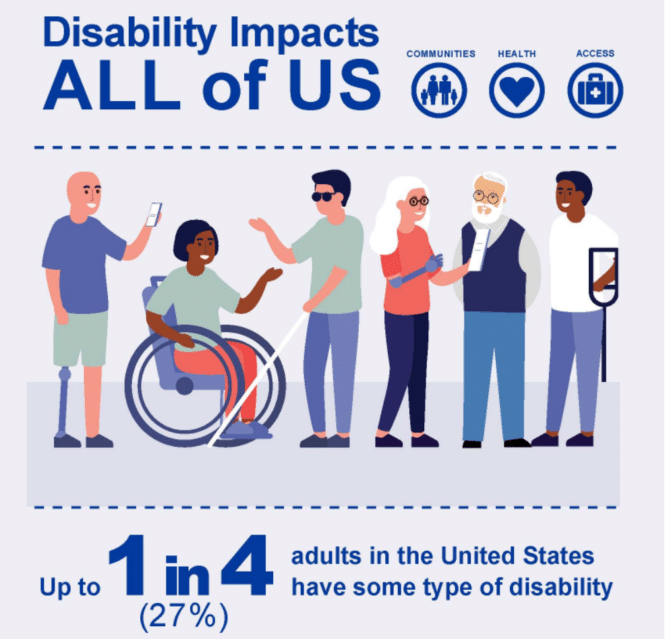
Restaurant Accessibility Works for Customers and Business
Nice point — An important first step for restaurants is to consider the ADA the baseline and the bare minimum, Knackstedt said. It may be a new way of thinking for some operators. But all operators, ultimately, have the same goal: to offer great hospitality to all.
But his biggest concern is the rapid growth of kiosks. They’re used to streamline service and help alleviate bottlenecks when restaurants are short on employees. However, they can be challenging to navigate for some people with disabilities or people who are unfamiliar or uncomfortable with the technology.
Through Vispero, Ater, who is blind, works with restaurants and other retailers to ensure their kiosks are accessible to all. Over the past few years, McDonald’s, a client, has updated many of its kiosks to include features like audio navigation, magnifying mode, and pictures.
Resources
- ADA For Restaurants – Accessible Retail Spaces Webinar
- EV Charging Recommendations by U.S. Access Board – Kiosk Industry
- ADA Regulations for EV Vehicles, Self-Service Kiosks & POS
- ADA Wheelchair Animations – United States Access Board
- Guide to the ADA Accessibility Standards – Kiosk Industry
- ADA Kiosks Resources
